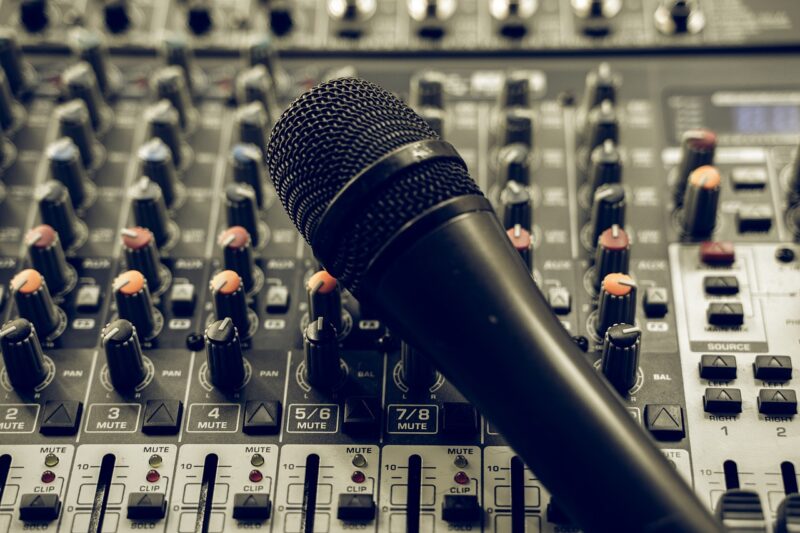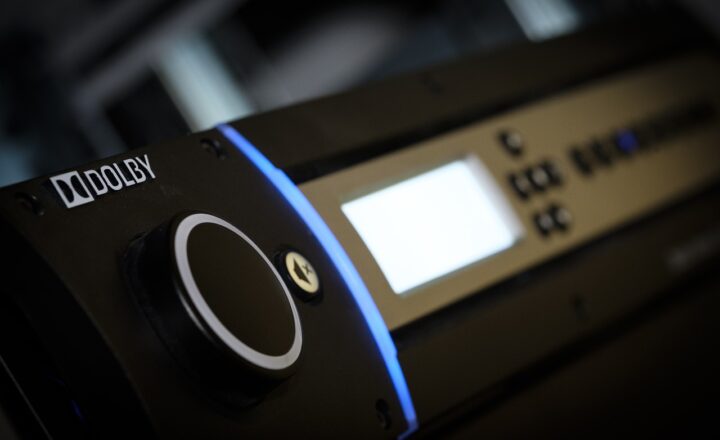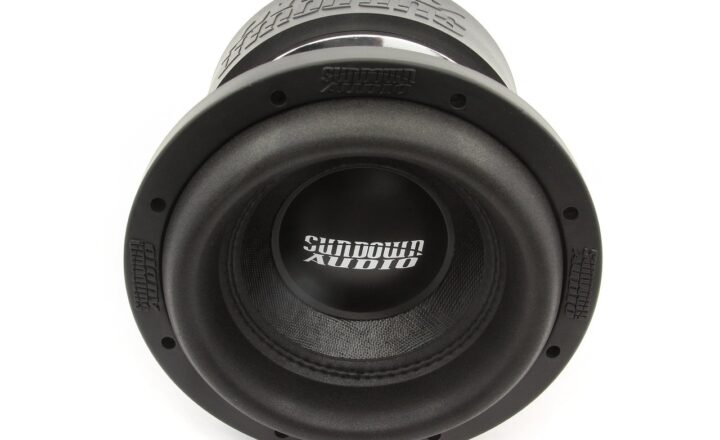
Creating an audiophile-grade sound system doesn’t have to break the bank. With the right knowledge, careful planning, and creative budgeting, you can achieve high-fidelity audio that rivals expensive systems without spending a fortune. In this guide, we’ll walk you through the essential components, budget-friendly options, and best practices to help you set up a superb sound system at home.
1. Understanding Audiophile Audio Requirements
Audiophiles are passionate about sound quality and seek to reproduce audio in its most precise form. When creating a budget sound system, it’s essential to understand the key elements that contribute to high-quality sound reproduction:
- Source Quality: Start with high-resolution audio files or quality streaming services that support lossless formats. Mp3 files are often compressed, sacrificing sound quality, so investing in better source material is crucial.
- Amplification: A good amplifier is vital as it drives the speakers and influences sound clarity. Look for budget-friendly integrated amplifiers that offer excellent reviews in terms of sound performance.
- Speakers: Speakers are the heart of any audio system. Choose speakers that fit your room size and deliver a flat frequency response to ensure accurate sound reproduction.
By understanding these components, you can strategically choose budget options without compromising on quality.
2. Selecting Your Essential Components
A well-rounded audiophile system consists of several key components. Here’s a breakdown to help you select suitable budget options:
a. Source Components
Your source component is the device playing the audio. This could be a CD player, a turntable, or digital streaming devices. While high-end components can be quite costly, consider the following budget-friendly options:
- Streaming Devices: Devices like the Chromecast Audio (if available) or Amazon Echo can stream high-quality audio to your system without overstretching your budget.
- Used Turntables >: Look for quality used turntables on platforms like eBay or local marketplaces. Vintage models can deliver excellent performance at lower prices.
b. Amplifiers
Your amplifier should closely match your speaker specifications and listening environment. Look for these budget-friendly options:
- Integrated Amplifiers: Brands like Yamaha or Onkyo offer solid performance for reasonable prices. Look for models that especially shine in their price range, such as the Yamaha A-S301 or A-S501.
- Class D Amplifiers: These amplifiers are often more affordable and efficient. Devices like the SMSL SA-50 offer compact size and good sound quality without breaking your budget.
c. Speakers
Speakers are crucial for delivering quality sound. Here are some recommendations for budget-friendly speakers:
- Bookshelf Speakers: The Elac Debut 2.0 B6.2 and Pioneer SP-BS22-LR are excellent choices that often receive glowing reviews for their sound quality, making them worth considering at a budget-friendly price point.
- Floor-standing Speakers: If space allows, consider models like the Polk Audio T50. They balance quality and cost effectively while providing you with fuller sound and deeper bass.
Choosing reputable models that have received positive feedback will ensure you get the most bang for your buck.
3. Setting Up Your Sound System
Once you have purchased all necessary components, it’s time to set up your sound system:
a. Room Considerations
Placement is crucial for achieving optimal sound quality. Here are some tips:
- Place your speakers at ear level for the best listening experience.
- Avoid corner placement, as this can lead to overwhelming bass and muddied sound.
- Consider speaker isolation pads to minimize sound vibrations affecting clarity.
b. Cable Connections
Utilize quality cables for connecting your components. Look for:
- Interconnect cables that minimize noise and have good shielding.
- Speaker wire that’s appropriately gauged for the length it needs to cover; a 16-gauge is often optimal for most home setups.
c. Calibration and Fine-Tuning
After setup, calibration enhances your listening experience. Take the time to ensure:
- Test various audio sources and tweak settings until you’re satisfied with sound performance.
- Adjust bass levels and crossover settings as needed for balanced sound.
4. Maintenance Tips for Optimal Performance
To enjoy your audiophile sound system for years, regular maintenance is essential. Keep these practices in mind:
- Regularly clean your speakers and dust off any electronic connections to prevent performance degradation.
- Store your records carefully and make use of a stylus cleaner for turntables.
- Keep cables organized to avoid damage and ensure clean audio signals.
Conclusion
Setting up an audiophile-grade sound system on a budget is achievable with careful consideration of components, placement, and maintenance practices. By choosing wisely and focusing on quality over quantity, you’ll create an outstanding audio experience that resonates with your passion for sound. Remember, it’s not about the money spent, but about how well you use your resources to create an immersive listening environment. Happy listening!





